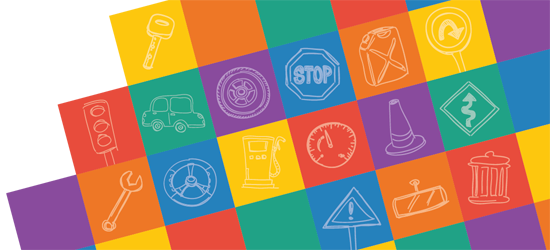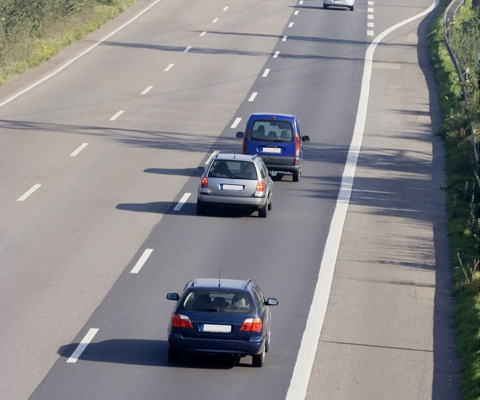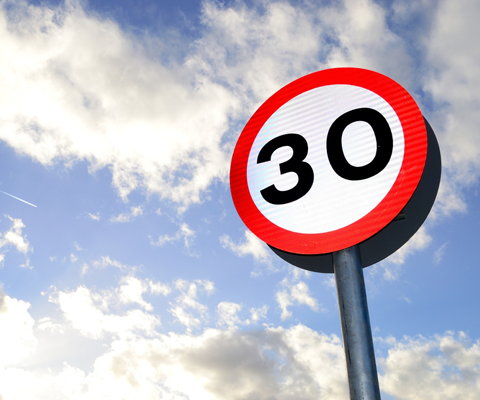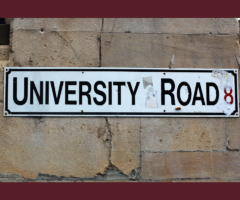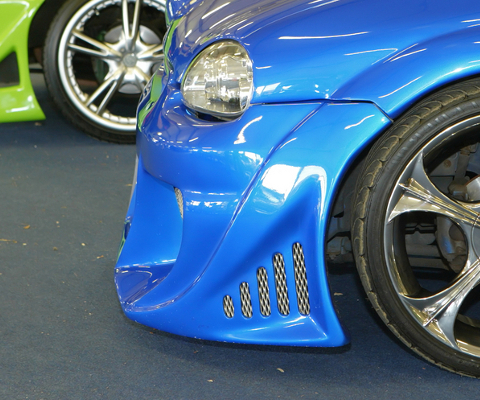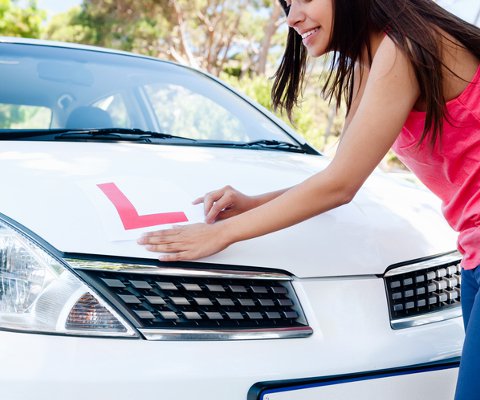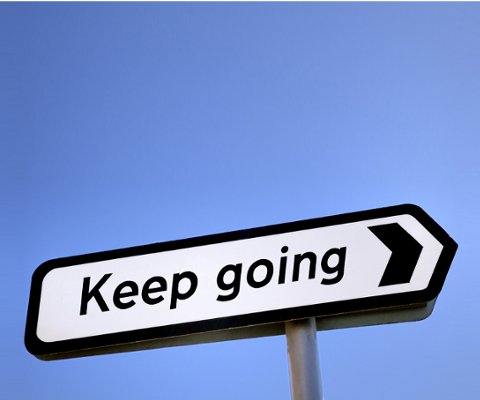
Driving tips and other life stuff
Night-time driving tips
Driving at night can feel very different from driving in the daytime, especially when you are a new driver. In low light you can’t see colours or judge distances as well as in daylight, and your peripheral vision is also reduced.
So with struggling to see on poorly lit roads to being dazzled by oncoming traffic, there’s a lot to get used to and it can be dangerous.
Be aware: Prescription and over the counter medications can make you drowsy - always check the small print and make sure you're not over the legal drug drive limits.
-
Stay alert and stay sober
We hope it goes without saying that you shouldn’t drink alcohol and drive but also be aware that prescription and even over the counter medications can make you drowsy. Add to that the fact that you’re naturally sleepier at night and you could put yourself and others at risk.
If you’re feeling tired, a cup of coffee can help in the short term, but ultimately you need to take a break. Avoid loading up on high carb foods which can also make you sleepy and if possible, take a friend along for the ride – though beware of drunk friends late at night who will prove more of a distraction than a help!
-
Look after your lights
Always make sure your lights are working, clean and properly angled
First up, make sure all your lights work - your headlights and your rear and brake lights. If anything isn’t working you need to get it sorted straight away - bulbs can be replaced for just a few pounds.
You also need to keep your lights clean with a regular wipe down, and if you have an older car make sure the plastic cover hasn’t hazed or tarnished over time. You can buy a polish kit to remove any signs of aging.
Find out more about how to use your car lights properly.
-
And make sure you use them properly
You’ll already know to turn your high beams on in unlit areas and off again when you reach an area with street lighting, but make sure you also turn them off as soon as you see another car approaching or if you come up behind a car driving ahead. You don’t want to blind other drivers!
It’s also important to turn your fog lights off unless it is actually foggy - without the fog to diffuse this light it will be bright and blinding to oncoming traffic.
If you’re driving in an unfamiliar car, always take a few minutes to get used to the controls. Make sure you know where the lights are and how to turn the full beams on and off BEFORE you start driving.
-
Look away from the light
If someone drives towards you with bright lights it can be hard not to stare right into them - but that can be seriously distracting and even painful for your eyes. Try to look slightly away from other lights on the road focusing on the road markings to guide you and if someone behind your has their full beams on, just adjust your rearview mirror.
-
Wipe your windscreen
Your windscreen might look spotless in the daytime but once you have lights reflecting off it, any streaks can quickly become an irritation. Don’t be tempted to use your hands which will just add to the problem by leaving grease marks - keep a microfibre cloth handy to wipe away any smears or smudges.
-
Make the most of your mirrors
Dirty mirrors can produce a glare in your eyes from the lights of cars behind you - so keep them clean. You can always adjust the angle downwards just slightly so you can still see other cars while keeping the lights out of your eyes.
-
Use the cat’s eyes
If you’re driving in the dark and you’re struggling to see, knowing the colour codes for the reflective cat’s eyes used to mark road edges can be really useful - here’s a quick refresher:
- Red studs mark the hard shoulder
- Amber marks the central reservation
- Green motorway studs mark exit and entry slip roads
-
Know where you’re going
Even roads you know well can look different in the dark so check your route in advance and make sure you know where you’re going. Many people find having satnav invaluable - just make sure you program it before you set off and adjust the settings for night time.
Find out more about how to drive with a satnav.
-
And just in case...
Keep your mobile charged and have a torch and a high vis jacket stashed in your boot. Of course these are useful in the daytime too if you do have an emergency - but at night they are essential kit!
Find out why driving at night can be dangerous.

